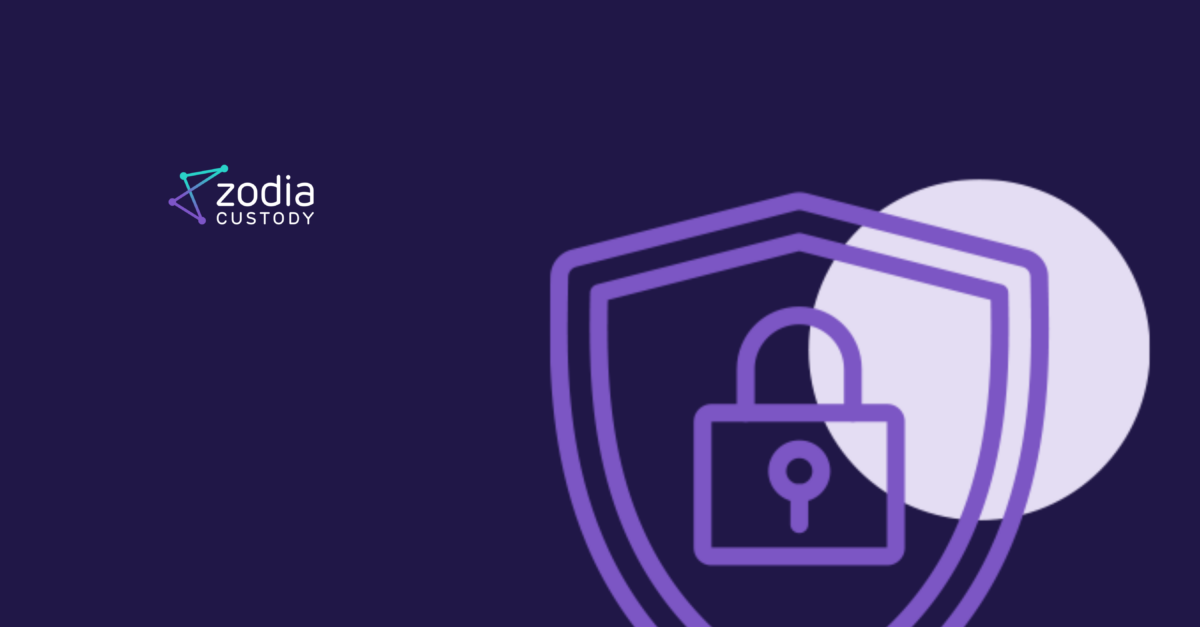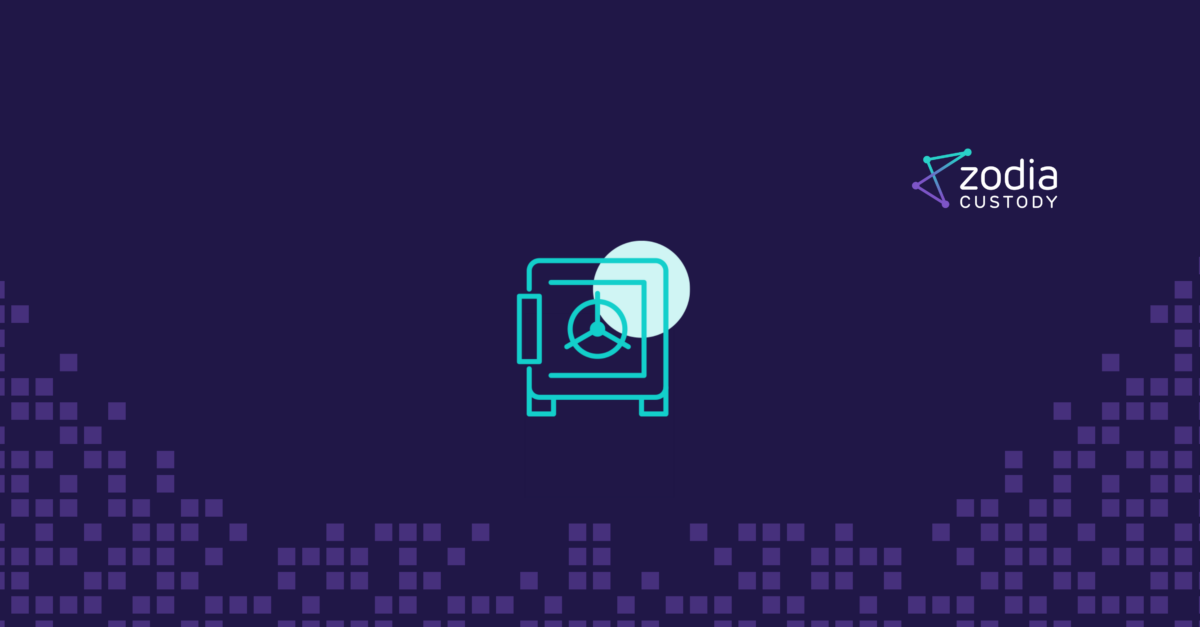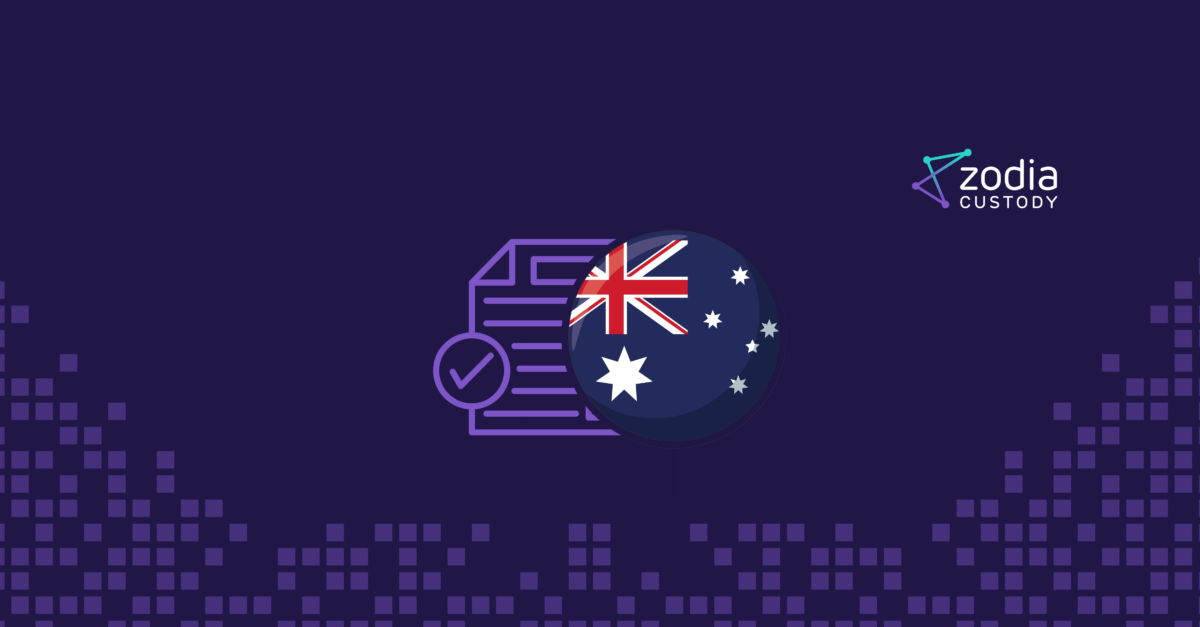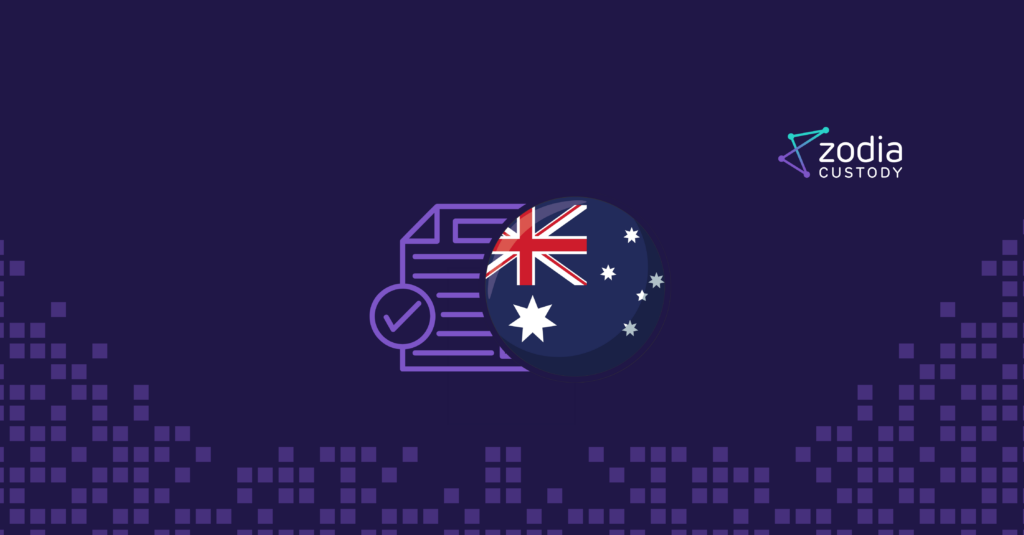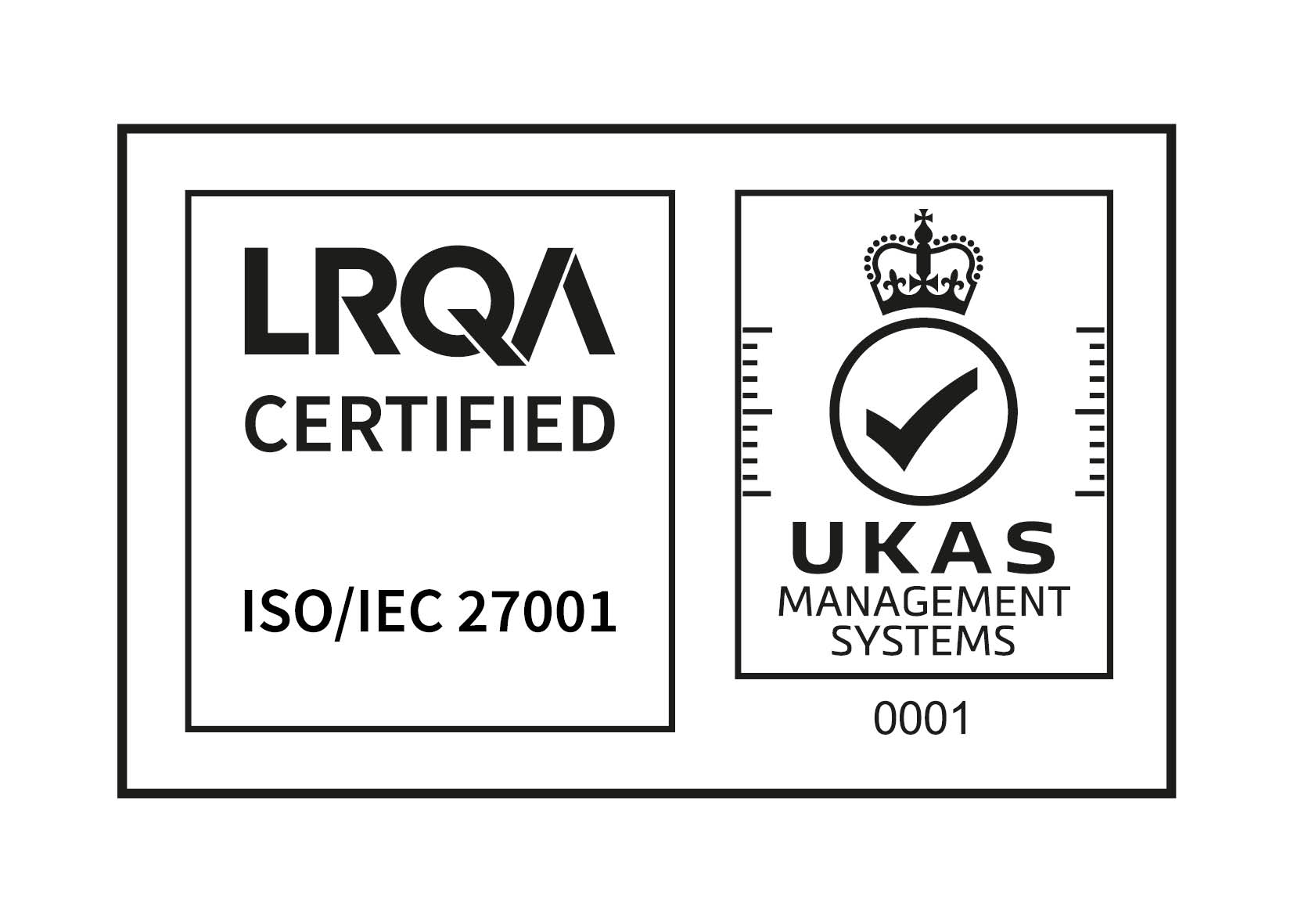The Rise of the Finternet – in a world of embedded finance, will we all eventually own tokens?

The Internet has shaken up the finance industry, transforming financial transactions and investments. Yet, while the Internet has profoundly reshaped the global financial landscape, the development of a so-called ‘natively digital’ online financial infrastructure is still only in its infancy. Today’s payments and other financial transactions may be digital but they often still rely on third-party providers and less efficient rails – or sometimes even manual processes hidden behind the scenes.
The next generation of the Internet – sometimes called Web3, or the decentralised web – is leveraging blockchain technology and tokenisation to create a more open and transparent Internet where users have greater control over their data and digital assets. It aims to enhance security and trust using decentralised protocols. The full progression from our current Web2 world to Web3 entails embedding finance natively in the online world.
The Finternet
In April 2024, Agustín Carstens, General Manager of the Bank for International Settlements, gave a speech proposing the concept of the “Finternet” as “a vision for the future financial system. The Finternet concept describes multiple financial ecosystems interconnected with each other – much like the Internet. The Finternet would be “designed to empower individuals and businesses by placing them at the centre of their financial lives”.
The Finternet is based on the idea of unified ledgers that combine all necessary financial assets and transactions onto common platforms. Tokenisation (converting assets into digital tokens on these ledgers) plays a crucial role. Programmable ledgers would support smart contracts, which are self-executing contracts with the terms directly written into code. These can automate various financial processes, enhancing efficiency and reducing the role of traditional intermediaries.
Central Bank Digital Currencies (CBDCs) are central to this new financial ecosystem. They could exist in both wholesale and retail forms, serving as digital equivalents to central bank reserves and banknotes. The integration of CBDCs with tokenised deposits would form the backbone of the Finternet. While the Finternet concept is still theoretical, and there are challenges to the idea of how a unified ledger could be implemented, the proposal shows the continuing mainstream acceptance of distributed ledger technology and tokenisation in financial circles. It also fits with wider tech trends already taking place in finance.
The Parallel Growth of Embedded Finance and Web3
Embedded finance and Web3 are both transformative concepts which are concurrently reshaping today’s financial landscape. Embedded finance integrates financial services directly into non-financial platforms, making it easier for consumers to access banking, lending or payment services seamlessly within apps and websites they already use. Solutions meet users where they are with a financial option they need, whether that be a loan, payment program, insurance plan, or easy way to make a payment.
The convergence of embedded finance and Web3 could significantly amplify the benefits of both. Web3’s decentralised infrastructure can enhance the security and transparency of embedded financial services, while embedded finance can help Web3 applications reach a broader user base by integrating decentralised financial services into everyday platforms. Together, they have the potential to create a more inclusive, efficient, and user-centric financial ecosystem.
Custody in a Tokenised World
In a world where people and businesses transact on an internet of finance and where finance is embedded into our everyday experiences, it’s not too hard then to imagine individuals and firms all becoming token holders whether they hold CBDCs, tokenised deposits, cryptocurrencies or tokenised real-world assets.
In this new universe of multiple tokens, custody presents several significant challenges, reflecting the complexity and evolving nature of managing digital assets securely. These challenges include:
- Security Risks: Digital assets are vulnerable to hacking, phishing, and other cyber threats. Ensuring robust security measures, such as multi-signature wallets and hardware security modules, will be critical.
- Regulatory Compliance: The regulatory environment for digital assets is still maturing and varies significantly across jurisdictions. Token holders must navigate a complex landscape of regulatory requirements, including anti-money laundering (AML) and know your customer (KYC) obligations, which can be challenging to comply with comprehensively.
- Technological Complexity: Managing digital assets requires sophisticated technological infrastructure. This includes secure storage solutions, reliable blockchain network access, and regular software updates to mitigate vulnerabilities. The rapid pace of technological change adds to the complexity, as token holders must continuously adapt to new protocols and standards.
- Insurance and Risk Management: Insuring digital assets is more complicated than traditional assets due to their unique risk profile.
- Operational Challenges: Efficiently managing digital asset transactions, especially across different blockchain networks, requires robust operational processes. This includes maintaining secure backup and recovery solutions, managing private keys, and ensuring transaction integrity.
- Interoperability: The diverse range of blockchain platforms and token standards can lead to interoperability challenges. Token holders will need to manage assets across multiple blockchains seamlessly, which requires specialised knowledge and infrastructure.
The digital asset custodians of the future will need to adopt a multifaceted approach, combining advanced technology, stringent security practices, regulatory compliance, and continuous innovation to stay ahead of emerging threats and evolving industry standards. On the Finternet, in whatever form it emerges, the role of the custodian will become more complex and critical than ever before.
Disclaimer: This article is provided to you for your information and discussion only. It should not be regarded as a solicitation or an offer to buy or sell any products or services in any country to any person to whom it is unlawful to make such an offer or solicitation. View full disclaimer here: zodia.io/marketing-disclaimer.
